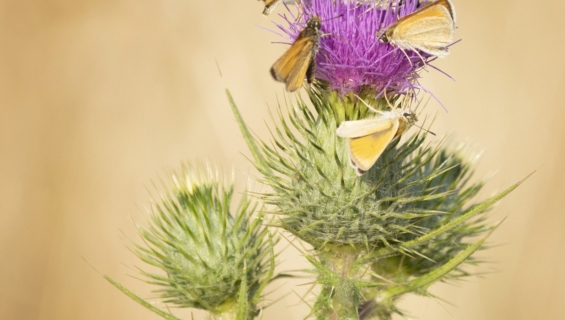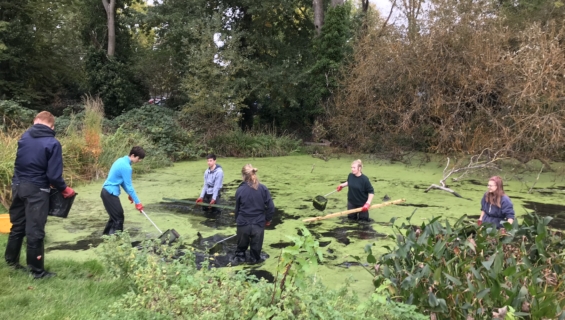Citizen Science
Habitats & Heritage citizen science programme offers people from across the community the opportunity to gather meaningful information to better understand the environment across the area. Our learning from this data can help shape the future of our work and changes in the local environment. It has never been more vital to track these changes in order to safeguard our environment for the future. See below for how you can get involved and become a citizen scientist.

Citizen science happens when the non-scientific community (anyone who wants to) gets involved with the collection and analysis of data. It is typically gathering information about people’s observations of the natural world. Although citizen science has become more widely acknowledged in recent years, aided by new technologies, it has been around since people tracked the movements of crop-destroying locusts in China 2000 years ago. Citizen science is a great way for everyone to get engaged with conservation initiatives and learn more about the natural world. It also provides a valuable resource , helping to provide much larger datasets than we alone would be able to capture.
You may have already taken part in some citizen science be it through national schemes (like the RSPB’s Big Garden Birdwatch) or you might have taken part in an app-based data collection or you may have never done any citizen science at all. Habitats & Heritage are looking for anyone and everyone to get involved and make a difference locally.
And the good news is there are so many different ways to help us understand our local environment better. From reporting what is in your garden, to monitoring road side verges or using one of our bat or light monitoring devices we want you to get involved. See below for our current citizen science surveys or schemes for you to get involved in.
Live Surveys:
Garden Survey
We want to better understand what is in your garden to support wildlife. 25% of London green spaces is private gardens and, as such, it’s a vital space for wildlife. With information about private gardens we can better understand the connectivity for wildlife and identify key corridors across our local area. This can help show us important areas for protection, and opportunity areas to further improve the green corridors through schemes such as our Green Hubs project.
Find out more about the Garden survey here.
Or if your ready to enter the information about your garden please complete this form.
Species Sightings Reporting
As part of our Biodiversity action plans we want to monitor key priority species across our local area to gain a better understanding of current species and also help monitor the impact of our on going work. Some of the species we want to know more about are Bats, Birds, Pollinators and Hedgehogs.
Find out more about the species we are monitoring and how you can help here.
Or if you already have had a sighting of one of our key species or something you think is exciting!
Tell us about it and report your sighting here.
Monitoring Wild Flower Abundance on Roadside Verges
Find out more about this citizen science scheme here.
We are currently recruiting citizen scientist to take part in a monitoring programme of your local roadside verges. The scheme will include full training and is open to all. If you are interested in becoming a road verge citizen scientist, please get in touch at biodiversity@habitatsandheritage.org.uk
And there’s more! keep an eye out for the launch of two new surveys coming soon:
Ancient Tree Survey
Hedgerow Survey


